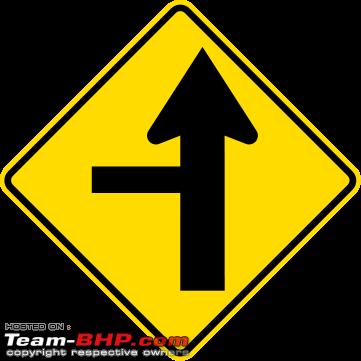| |||||||
 |
| Search this Thread |  26,794 views |
| | #31 |
| Team-BHP Support  | |
| |  (4)
Thanks (4)
Thanks
|
| |
| | #32 |
| BHPian Join Date: Jul 2014 Location: Delhi
Posts: 277
Thanked: 398 Times
| |
| |  (2)
Thanks (2)
Thanks
|
| | #33 |
| BHPian Join Date: Nov 2006 Location: Mumbai
Posts: 222
Thanked: 232 Times
| |
| |  (1)
Thanks (1)
Thanks
|
| | #34 |
| BHPian Join Date: Jul 2014 Location: Delhi
Posts: 277
Thanked: 398 Times
| |
| |
| | #35 |
| Distinguished - BHPian  | |
| |
| | #36 |
| BHPian Join Date: Feb 2010 Location: Auckland, Chd
Posts: 116
Thanked: 87 Times
| |
| |  (2)
Thanks (2)
Thanks
|
| | #37 |
| BHPian Join Date: Jul 2014 Location: Delhi
Posts: 277
Thanked: 398 Times
| |
| |  (1)
Thanks (1)
Thanks
|
| | #38 |
| Senior - BHPian Join Date: Dec 2007 Location: Gurgaon, Delhi NCR
Posts: 1,270
Thanked: 648 Times
| |
| |  (1)
Thanks (1)
Thanks
|
| | #39 |
| Distinguished - BHPian  | |
| |  (1)
Thanks (1)
Thanks
|
| | #40 |
| BHPian Join Date: Feb 2009 Location: FARIDABAD
Posts: 235
Thanked: 111 Times
| |
| |
| | #41 |
| Distinguished - BHPian  | |
| |  (3)
Thanks (3)
Thanks
|
| |
| | #42 |
| Distinguished - BHPian  | |
| |  (1)
Thanks (1)
Thanks
|
| | #43 |
| BHPian Join Date: Sep 2013 Location: Canada / B'lore
Posts: 801
Thanked: 2,818 Times
| |
| |
| | #44 |
| Distinguished - BHPian  | |
| |
| | #45 |
| BHPian Join Date: Sep 2013 Location: Canada / B'lore
Posts: 801
Thanked: 2,818 Times
| |
| |  (1)
Thanks (1)
Thanks
|
 |
Most Viewed





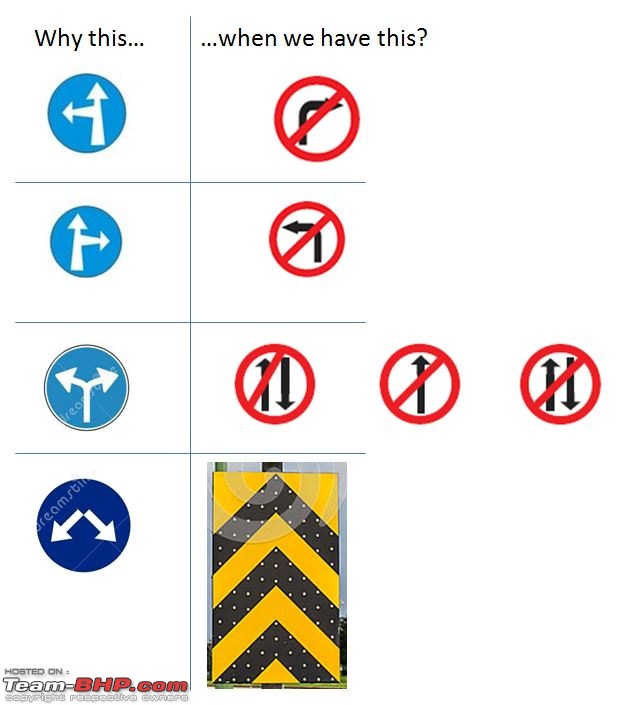

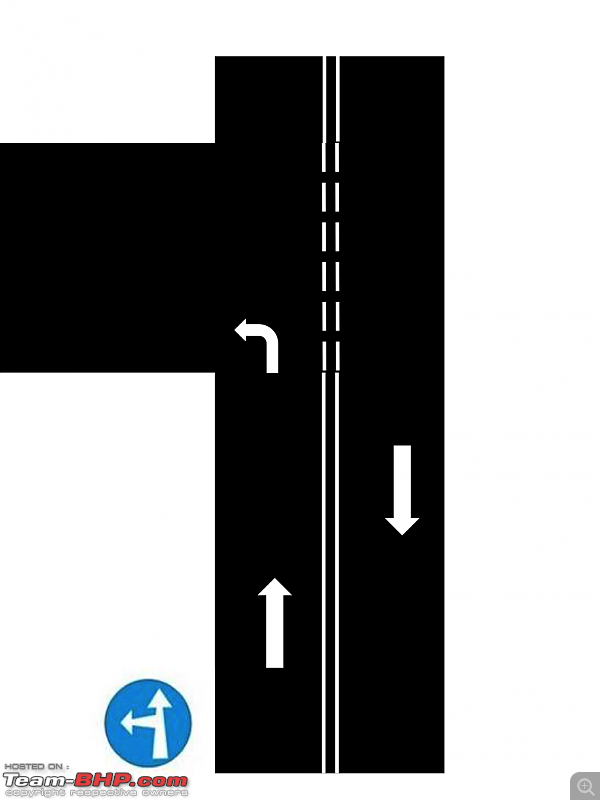
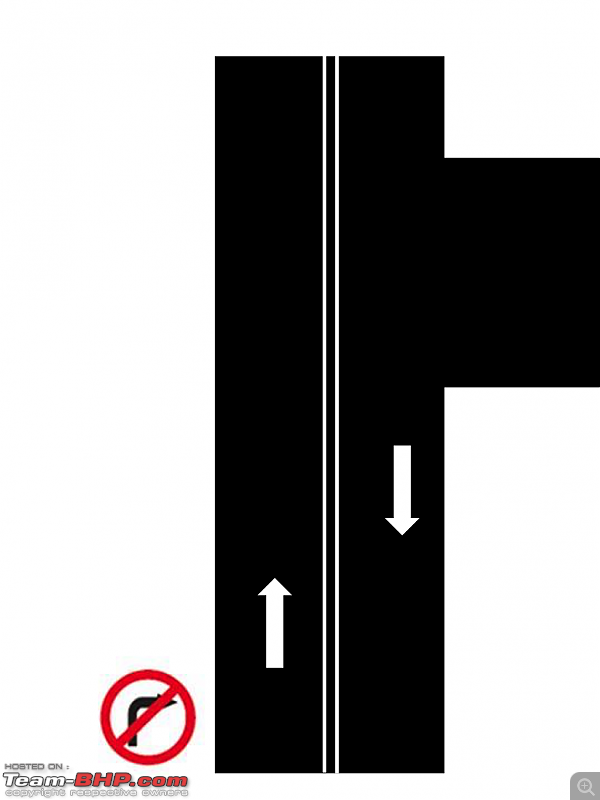
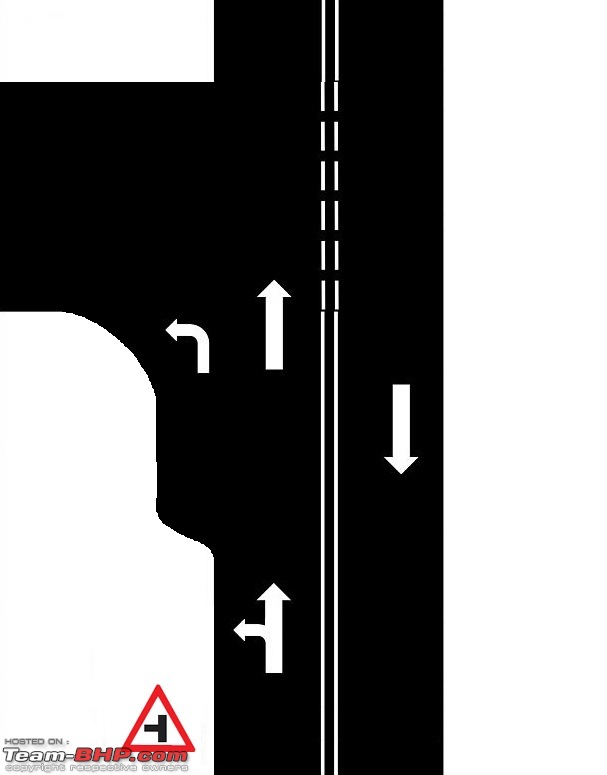
 . It would be unsafe for any of us to try to follow rules which seem logical since every other idiot driver would end up piling into us
. It would be unsafe for any of us to try to follow rules which seem logical since every other idiot driver would end up piling into us 



